6 things lawn experts warn to never do to your grass in winter – and what you should be doing instead
Making these winter lawn care mistakes can cause huge damage to your grass
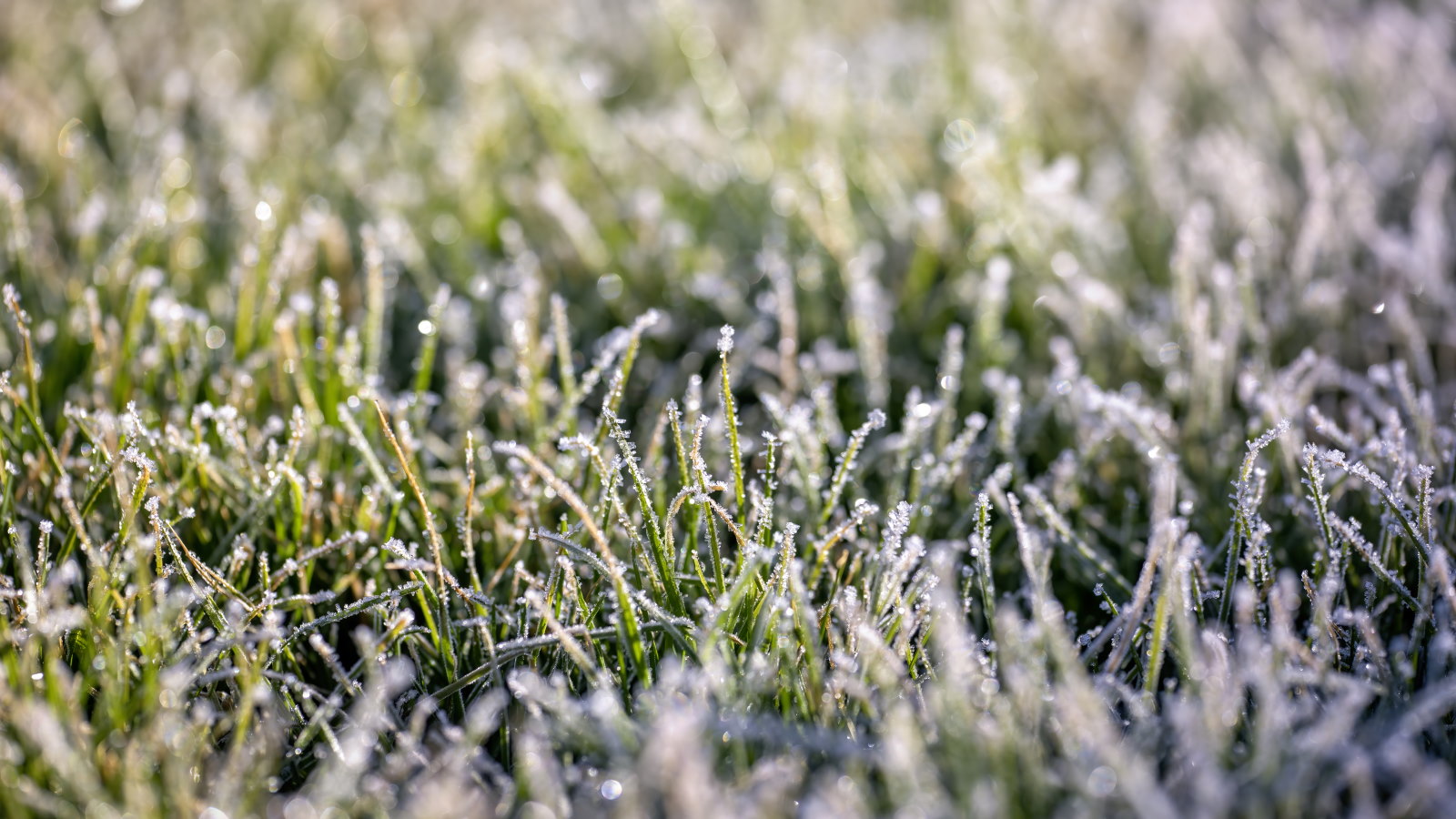

It can be tough for a lawn in winter as it faces the prospect of being blanketed with snow, hit by frosts, or dealing with a seasonal deluge of rain. Even with the best intentions, gardeners can make things worse - so here are some jobs you should never do to your lawn in winter.
Once the temperatures plummet and snow is on the ground, it is too late for winter lawn care. There are lots of beneficial preparatory tasks to get done ahead of time that will help the lawn look its best next summer. But when a freeze hits, it is often better to sit back and put off lawn care until the temperatures rise again.
There are lots of major no-no's when it comes to caring for your lawn in winter and wrong decisions now can impact the quality and health of your grass next year.
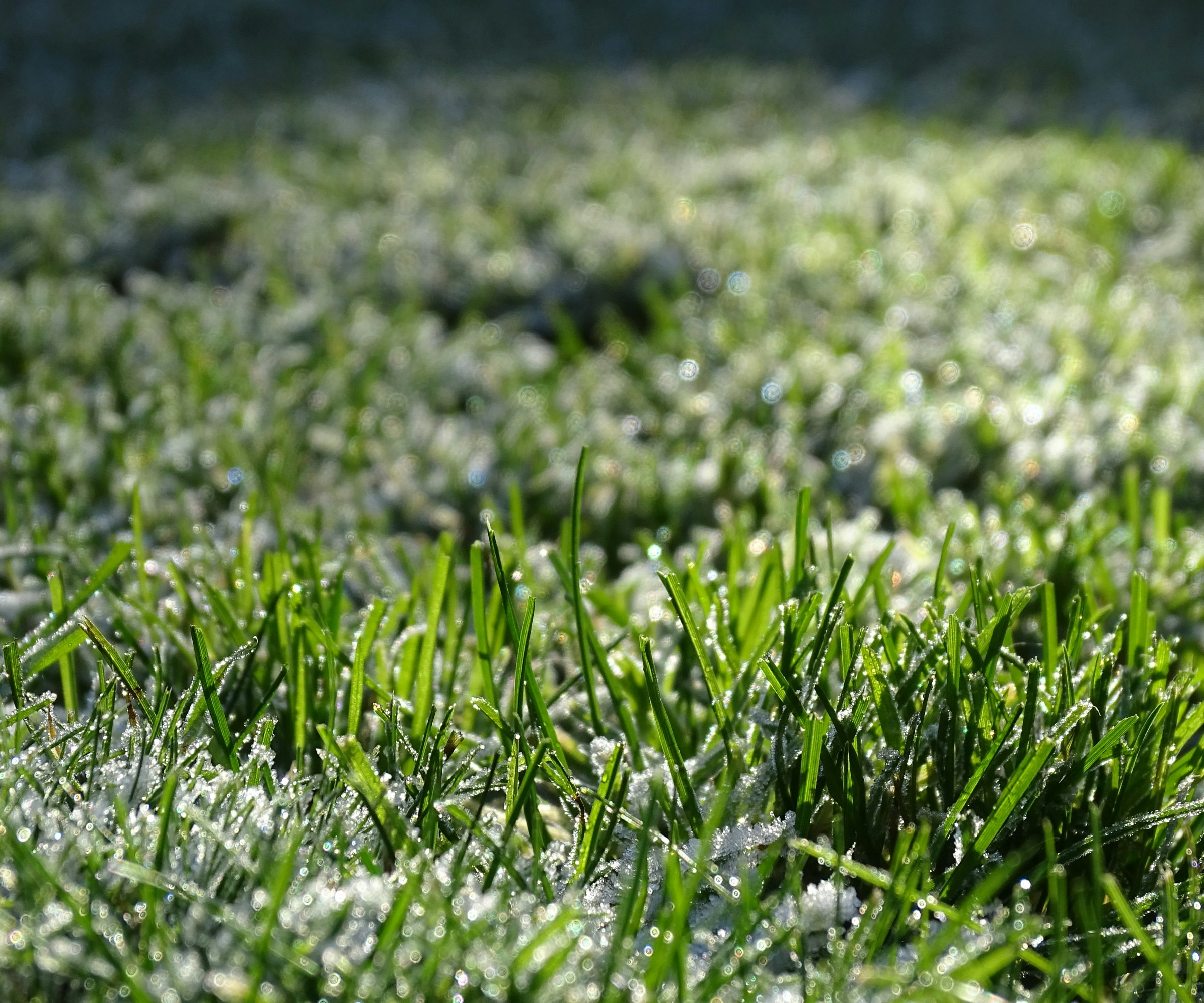
6 winter lawn care mistakes
In this guide, lawn care experts reveal six winter lawn care mistakes to never fall foul of - and the potential consequences if you do.
Don’t walk on it when it’s frozen
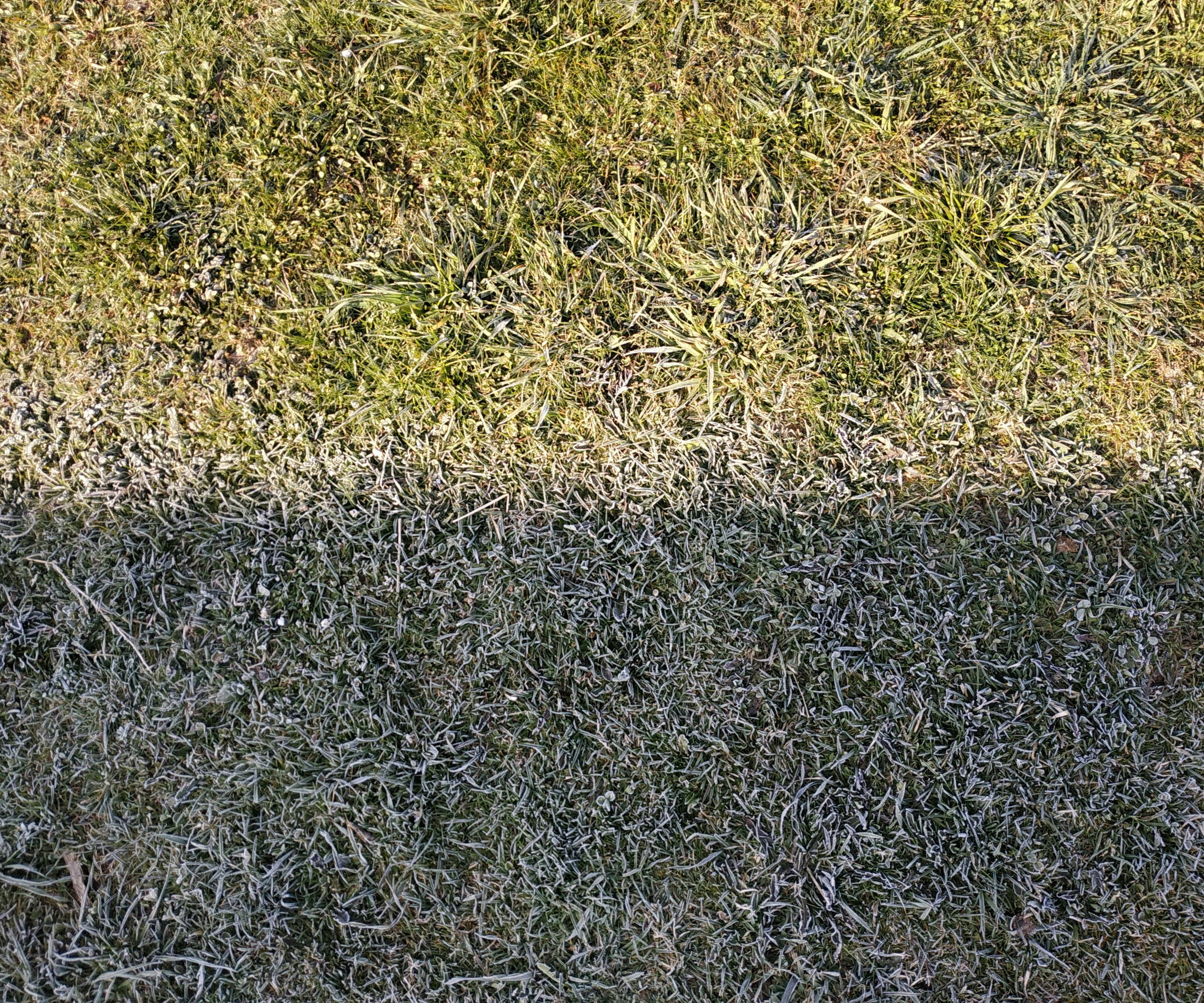
It may seem innocuous, but walking on frozen grass is a big no-no. Treading on a frozen lawn breaks the grass blades and compacts the soil - which can result in the lawn showing battle scars or bald patches come spring.
Angelika Zaber, lawn care specialist at Online Turf, warns ‘you may be left with black footprints’ across the lawn when it thaws. She adds: ‘While these should repair themselves by spring, if they do not, you will need to remove the dead grass and repair the patches in spring.’
Snow on grass is not always damaging, especially if it lasts only a few days. It can insulate the ground underneath and irrigate the grass when it melts. However, while the snow may not damage a lawn, lots of foot traffic on a snowy or frosty lawn will stress the grass and compact the soil.

Angelika Zaber is a Lawn Care Specialist working for Online Turf. She is dedicated to providing exceptional lawn care expertise and horticultural advice that encourages both novice and experienced gardeners to have healthy, vibrant lawns all year round.
Don’t mow it if it’s wet
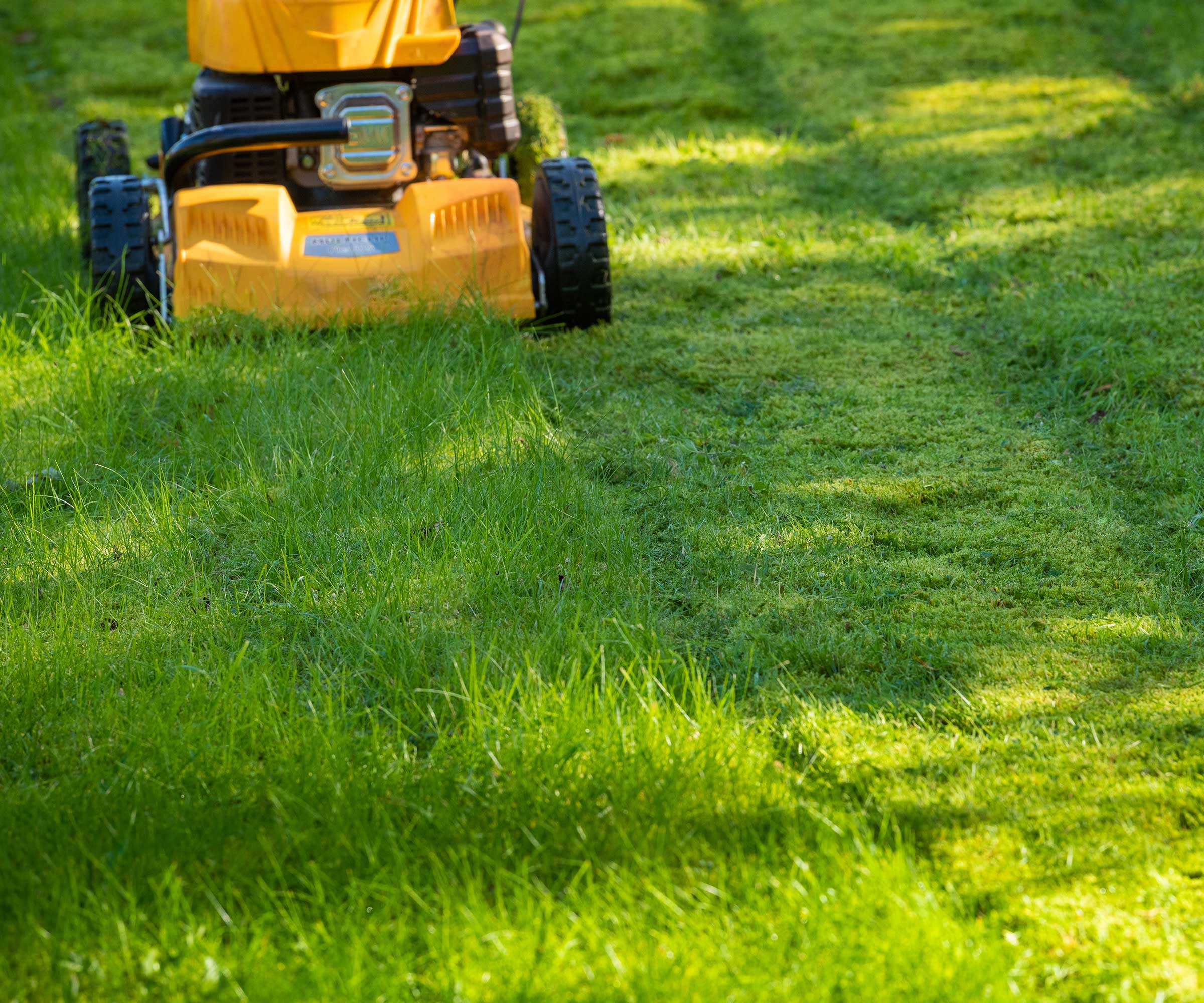
The lawn mower can be put away once the grass stops growing. It usually means you can stop mowing your lawn for winter in late fall when the temperatures drop below 50°F.
There is no need to mow when the grass is dormant in winter and Nick Ee, product and training manager at Black + Decker, warns that cutting wet winter grass is ‘a bad idea’ for the health of your lawn and lawn mower.
‘Wet grass tends to tear rather than being cleanly cut, leaving jagged edges that leave the lawn more susceptible to pests and diseases, this can be detrimental to grass growth,’ says Nick. ’It also damages the lawn mower as it dulls the blades faster and strains the motor due to added weight from wet clippings clumping together.’
Winter is a great time to sharpen lawn mower blades and clean down the machine to ensure it is in tip-top condition when you start cutting the lawn again in spring.

Nick Ee gardening product and training manager at Black + Decker. Nick has over 10 years’ experience working in the home improvement industry, prior to his employment at Black + Decker, Nick was self-employed running his own van of tools and through that has gained a wealth of real-world experience in the residential construction and gardening industry.
Don’t fertilize too late
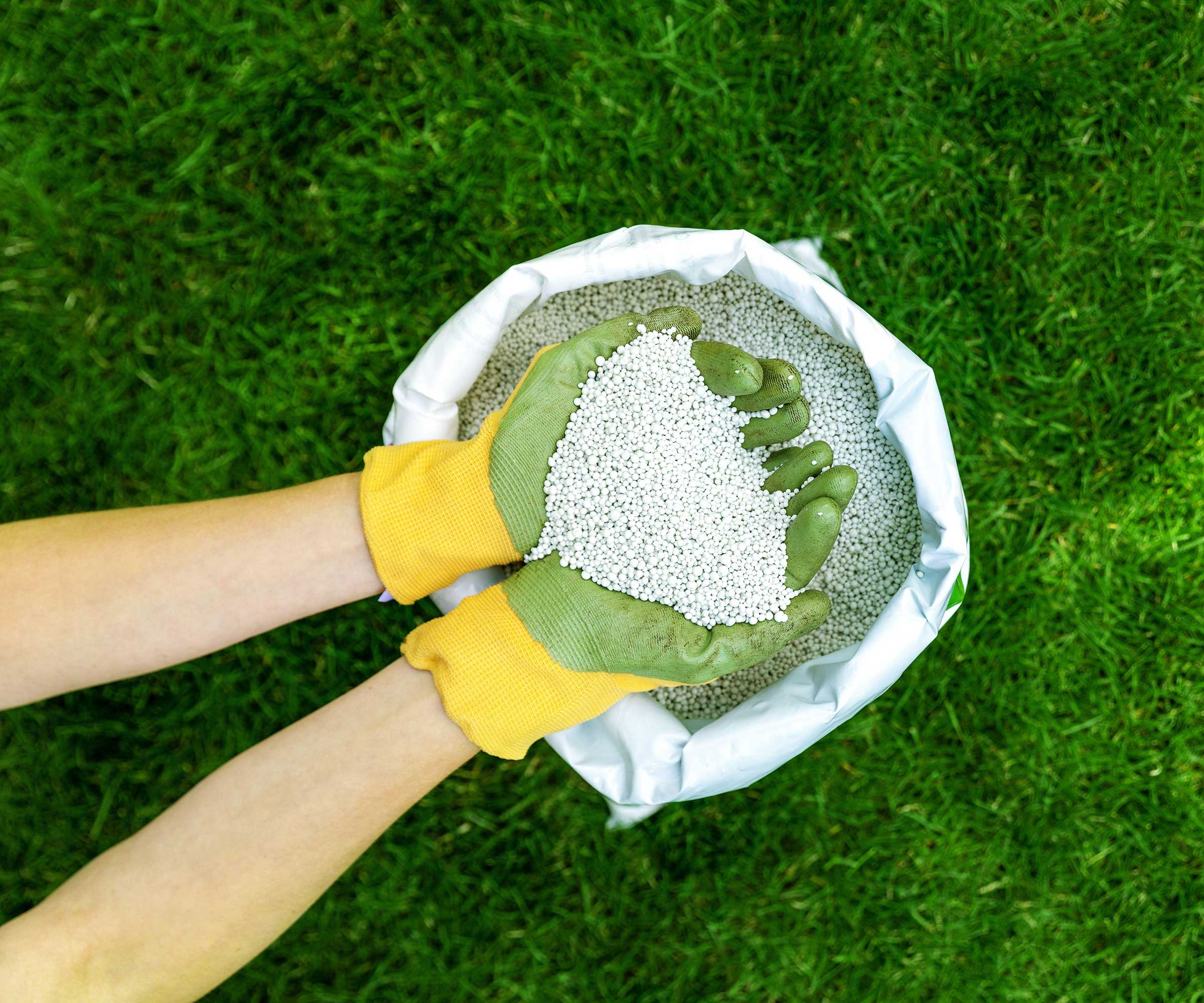
You will see products described as winter lawn fertilizer, however, that term can be misleading. This is because they are best applied ahead of winter to help protect the lawn from winter cold and stress. They are not designed to be given to the lawn during winter itself.
Plan to use such a fertilizer to winterize a lawn a few weeks before your first predicted frost - which will vary depending on your US hardiness zone. Apply it too late and your lawn will not reap the benefits. Once the temperatures drop and the grass goes dormant, you should not need to feed until you fertilize a lawn in spring when the grass starts to grow again.
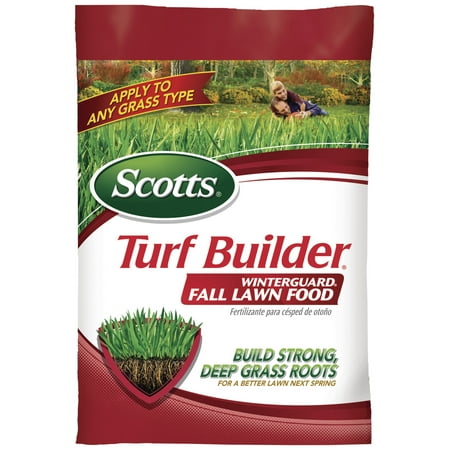
A winterguard fertilizer for all grass types. Feed the grass in the fall and help to build strong, deep grass roots for a better lawn next spring.
Don’t ignore leaves and debris
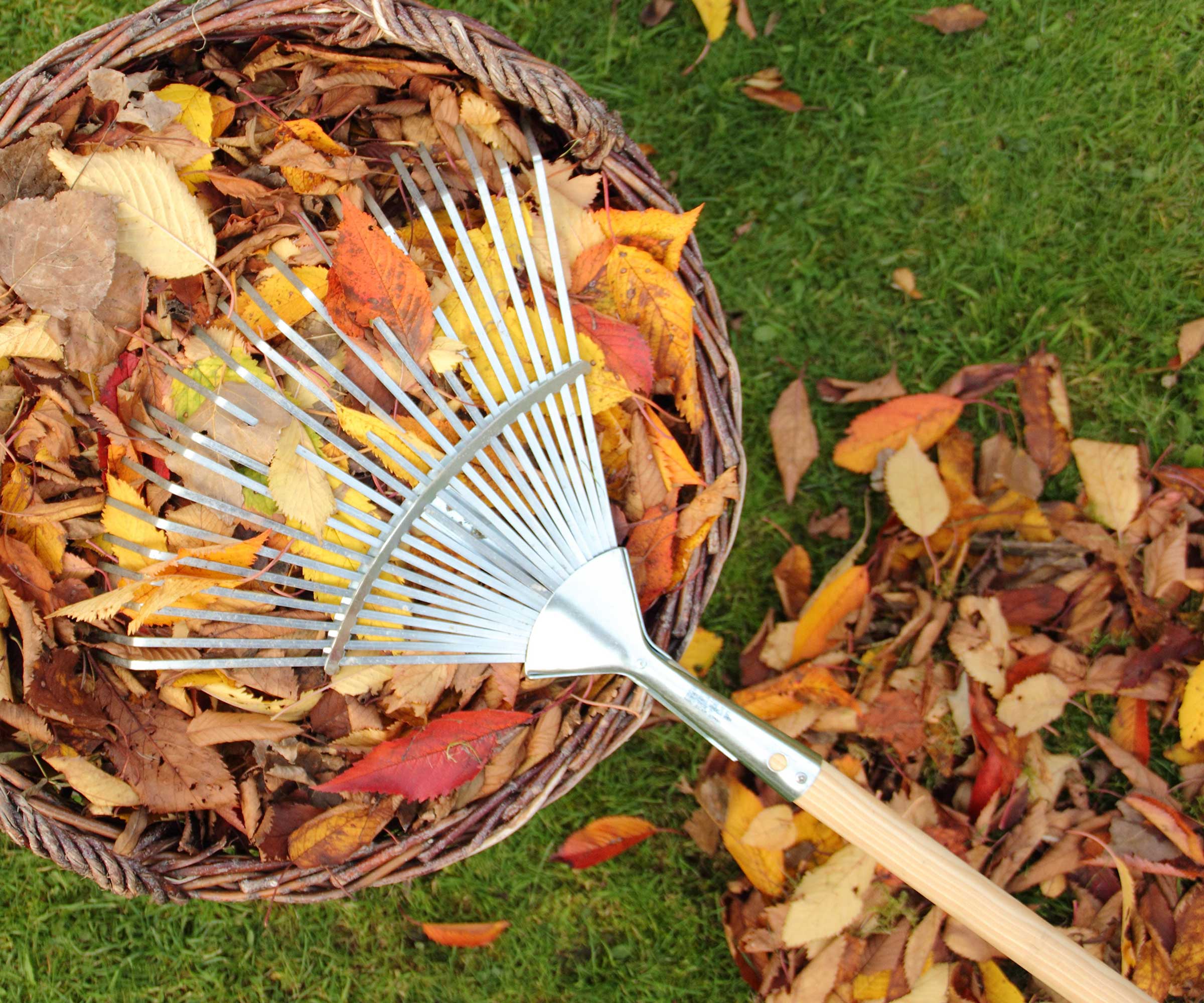
Picking up fallen leaves and debris is essential to any good fall lawn care regime. This good habit needs to extend into winter, especially if any storms leave branches or foliage strewn all over the lawn.
It may seem harmless to leave the odd patch of leaves or sticks on top of the grass, but it could be a lawn care mistake that risks the health of the lawn. ‘Leave and debris not only block the sunlight that your grass requires but also trap moisture, creating perfect conditions for diseases, including mould, to thrive,’ adds Angelika Zaber. ‘Regularly clearing your lawn allows light and air to reach the grass, helping it stay healthy.’
Don’t scarify the lawn
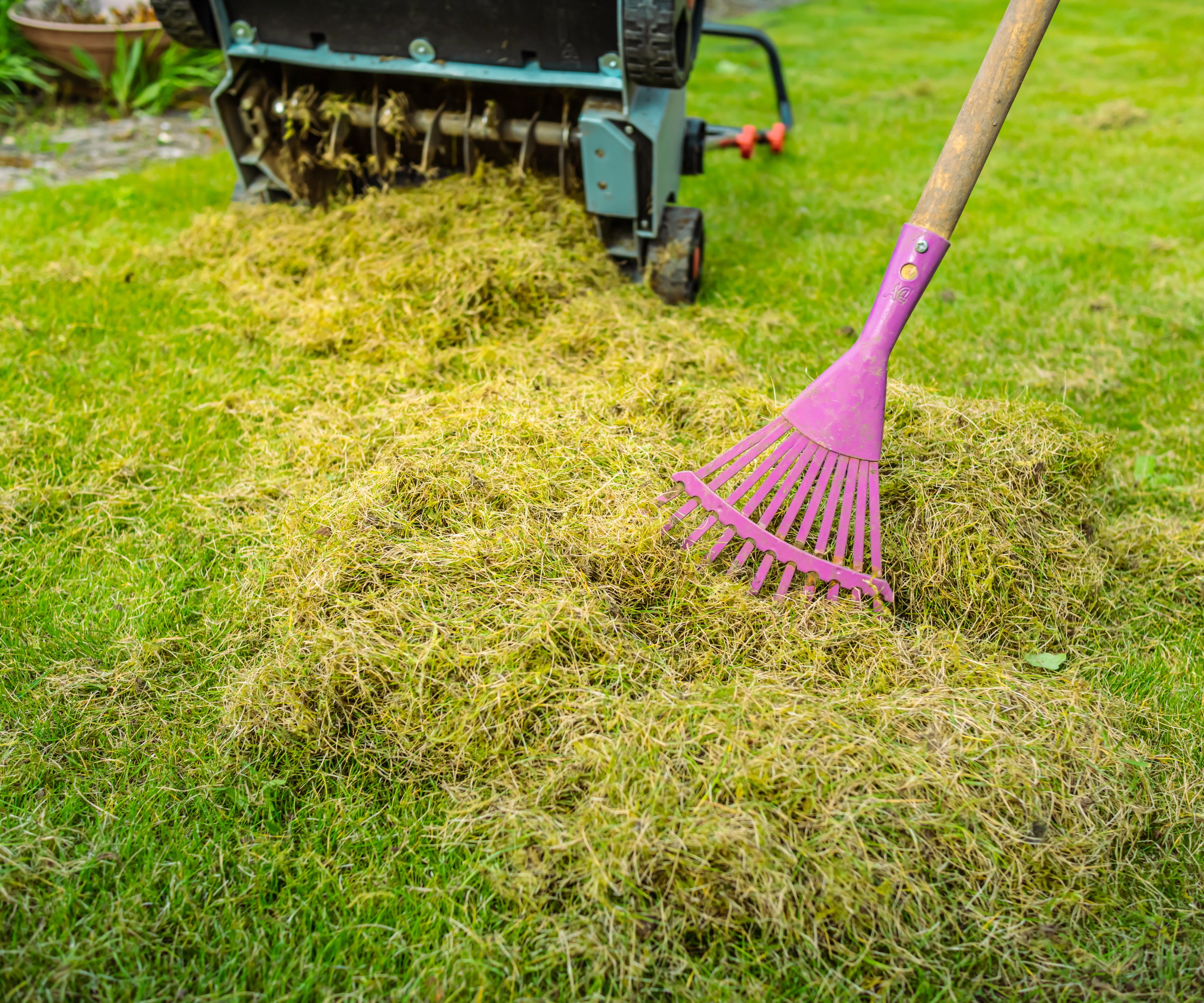
Scarification is vital in lawn care, but there are good and bad times to dethatch a lawn. Spring and fall are great times to scarify - winter is never recommended.
Scarifying is not advisable when the ground is cold or wet, and attempting to dethatch frozen soil or sodden grass will only harm the lawn. That is before considering the harm you may do by walking up and down raking or using a mechanical scarifying machine.
Removing a lot of thatch in winter exposes the soil and roots to colder conditions—which can leave them vulnerable to extreme cold—and also opens up lots of bare patches. As the grass is not actively growing in winter, it gives moss a chance to thrive in the moist soil or spring weed seeds to take hold.
Don’t de-ice the lawn with salt
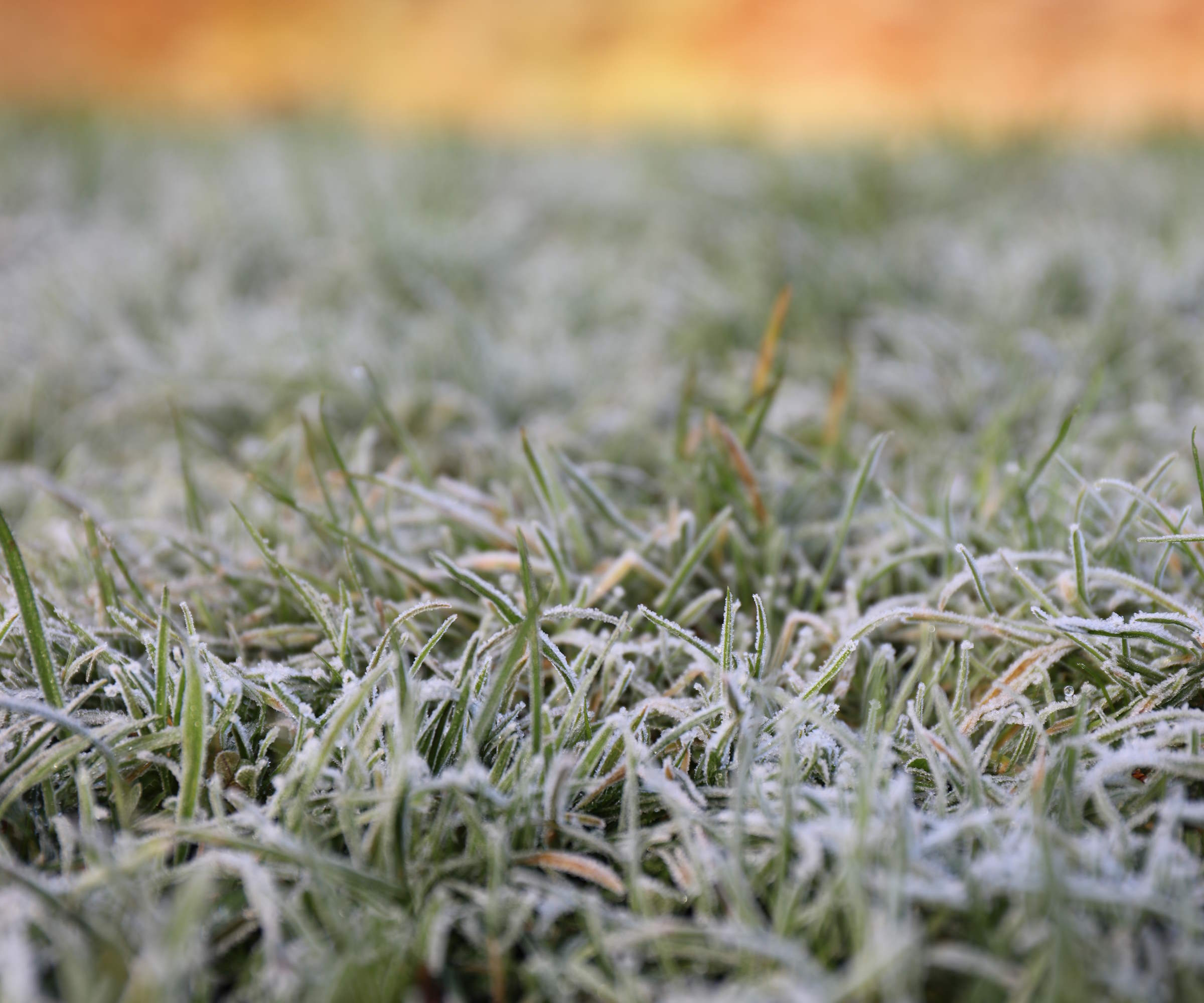
It may be tempting to melt frosty lawns, but letting the grass defrost naturally is always preferable.
The worst winter lawn care mistake you can make is to use salt-based ice melt on a lawn. Even when using salt to de-ice garden paths and patios, resist any urge to sprinkle some over the lawn too. Putting rock salt on a lawn dries out the roots of the grass as it pulls moisture out from the plant. In severe cases, the lawn can completely die out in affected areas.
If you want to melt ice, calcium chloride ice melt, available at Amazon, products are better and safer to use on grass or vegetation than any sodium chloride (rock salt) ones.
Now that you understand the winter lawn care mistakes to avoid, it can be a case of playing the waiting game until you start your spring lawn care regime once the grass starts growing again. Then comes the time to aerate, dethatch, overseed, and get the lawn mower out of the shed.
Sign up to the Homes & Gardens newsletter
Design expertise in your inbox – from inspiring decorating ideas and beautiful celebrity homes to practical gardening advice and shopping round-ups.

Drew’s passion for gardening started with growing vegetables and salad in raised beds in a small urban terrace garden. He has worked as a professional gardener in historic gardens and specialises in growing vegetables, fruit, herbs, and cut flowers as a kitchen gardener. That passion for growing extends to being an allotmenteer, garden blogger, and producing how-to gardening guides for websites. Drew was shortlisted for the New Talent of the Year award at the 2023 Garden Media Guild Awards.
-
 I have been looking for a versatile backyard furniture color that will look just as good in summer 2026 – Stanley Tucci proposes gray
I have been looking for a versatile backyard furniture color that will look just as good in summer 2026 – Stanley Tucci proposes grayStanley's gray and wood patio furniture is modern yet natural, making it a timeless color choice for backyard color palettes
By Hannah Ziegler
-
 I only use this one storage solution to stash my out-of-season clothes – it makes moving and tidying oh-so easy
I only use this one storage solution to stash my out-of-season clothes – it makes moving and tidying oh-so easyStorage bags with windows make lesser-used garments a breeze to find
By Eve Smallman